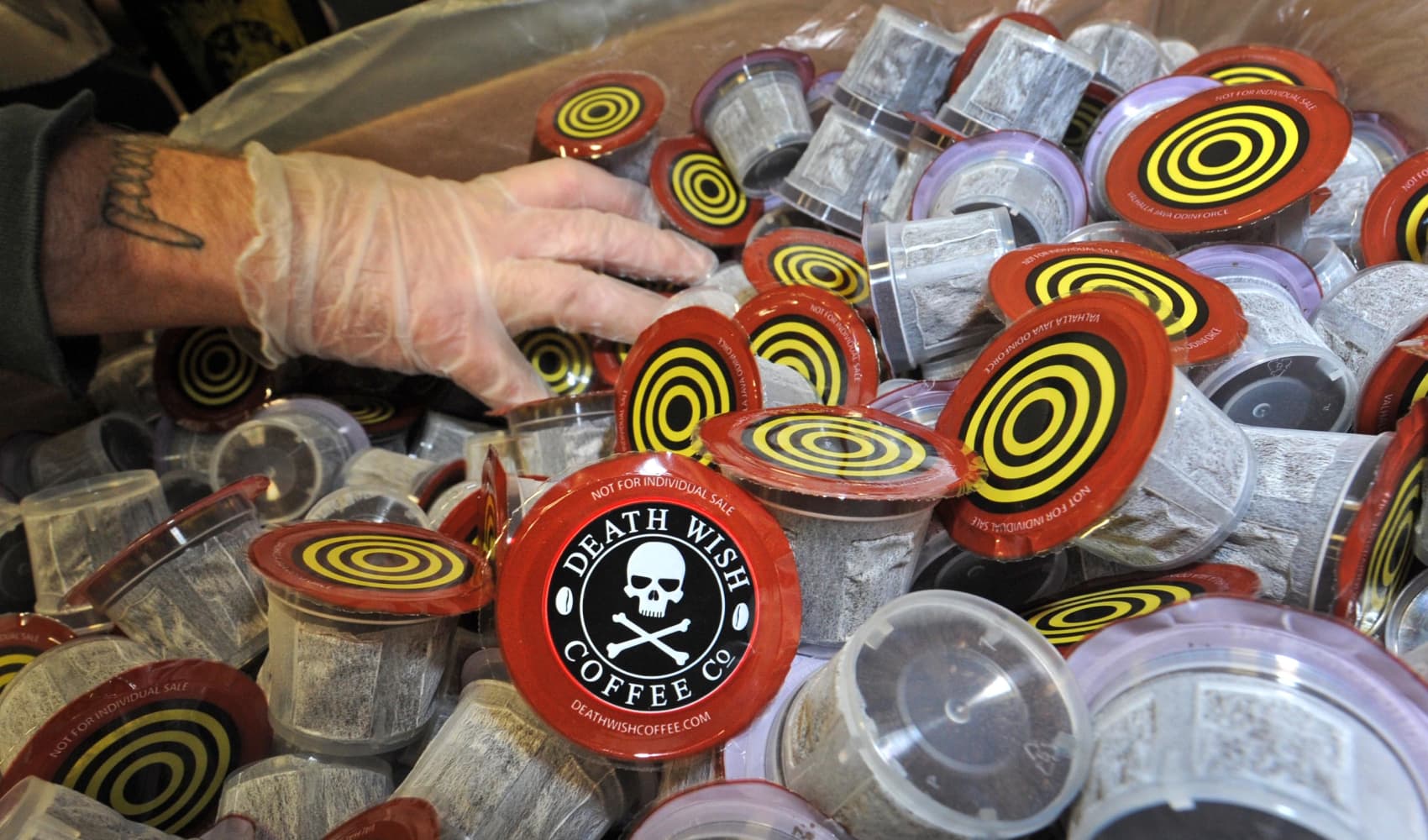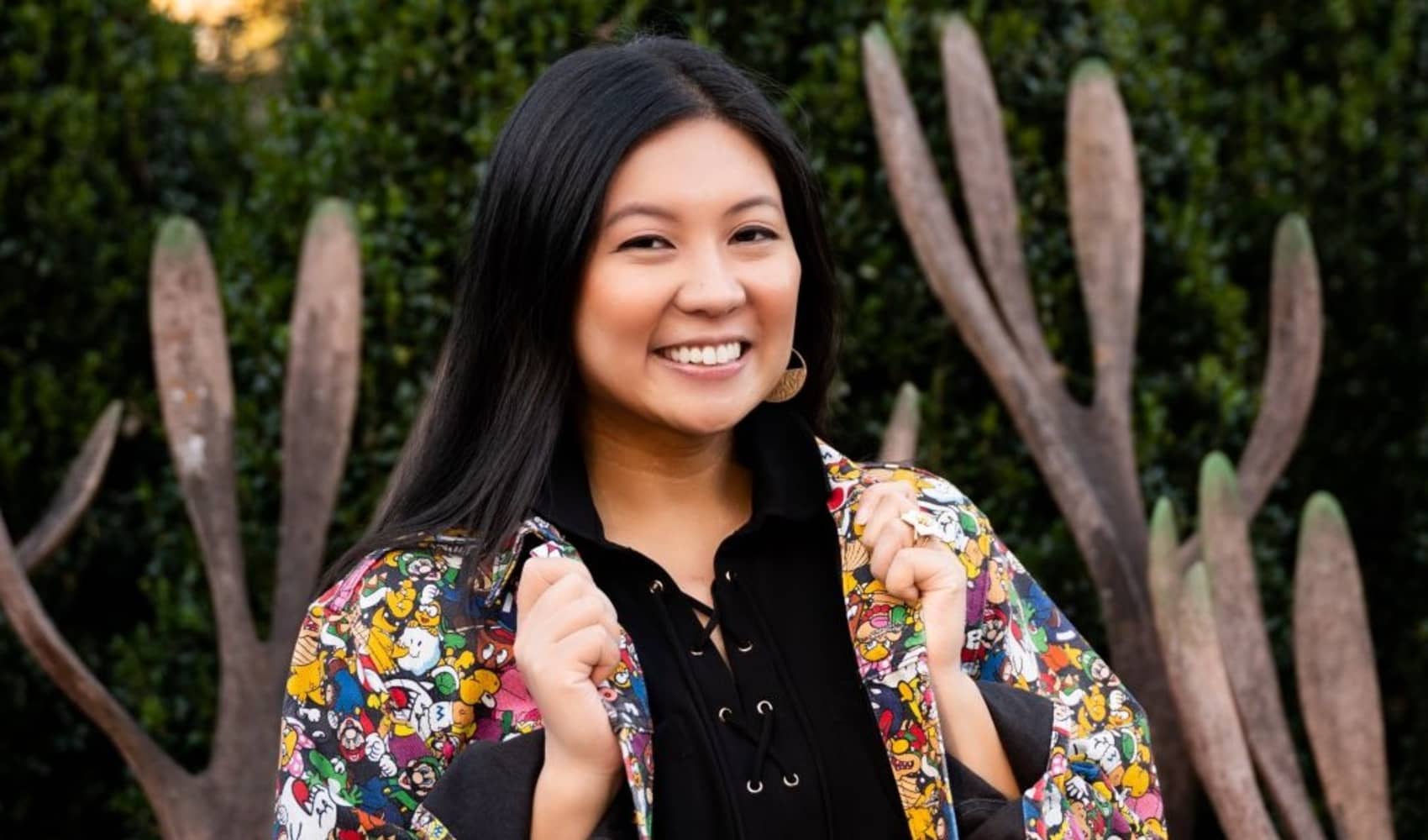
"Dominic hit Kai in the face with a broom," begins Kwame Christian's LinkedIn post. Christian is an attorney and CEO at the American Negotiation Institute.
"Understandably, Kai wasn't thrilled about it.
"Then Dominic wanted to play with Kai's football but Kai didn't want to share anymore."
It continues like this for another eight, double-spaced lines before Dominic and Kai reconcile under Christian's guidance.
Get DFW local news, weather forecasts and entertainment stories to your inbox. Sign up for NBC DFW newsletters.
If you've scrolled through LinkedIn lately, you know Christian's post is not unique.
Stories from and about crying CEOs, overwhelmed parents, and burnt out millennials have ferried us into an entirely new type of LinkedIn — one that looks a lot like Facebook.
The flooding of the professional platform with selfies, family photos, and somewhat chaotic "life lessons" was propelled by the pandemic and bolstered by LinkedIn's algorithm favoring more personal content.
Money Report
'I was very annoyed people liked the family stuff'
Christian started sharing more about his life outside work on LinkedIn about a year ago. In April, he posted every day and noticed that the further from professional the story, the more engagement it received.
"I was very annoyed that people liked the family stuff," he says. "I wanted to have a reason to not share, but the numbers were very clear."
Five months ago he shared an article he wrote about being assertive during negotiating, which netted 64 interactions and 11 comments.
A few days later he posted a list of daily tasks which included "get extremely anxious," "forget to eat lunch," and "leave in time to be a husband and father." It got 390 interactions and 88 comments.
Kitty Elshot-Smith, an SVP at Bank of America, had a similar experience when she posted about her husband this month.
"Bragging on my husband a bit," she wrote. "My trip to Charlotte NC was already booked when he found out that he needed to attend a meeting in Austin TX. Not once did he ask me to change my travel plans. Instead, he got our little one a toddler suit (courtesy of Amazon's speedy delivery) and took her along with him. Not only did it allow her to live out her aspirations of being a #BossBaby, but it also freed me up to pursue one of my professional goals. Having a supportive partner is invaluable. I appreciate you Ozzie S."
She seldom shared on LinkedIn and when she did it was professional. In fact, she hadn't written this post for LinkedIn, initially.
"I actually posted it on Facebook first, and someone suggested I post on LinkedIn and I reluctantly did," she says. "I'm still getting a lot of responses."
Right now, it has more than 13,000 reactions and 629 comments.
Her previous post about a Dallas Business Club event in which she tagged multiple universities and attendees netted 72 reactions and no comments.
'Our dogs entered Zoom rooms'
If you want lots of traction, personal is the way to go, says Kait LeDonne, a personal branding expert who coaches clients on how to create popular content.
"We work with executives for their personal brand and, empirically, the content that performs the best has a selfie or a picture of the founder," she says.
The most obvious cause for the proliferation of personal LinkedIn posts is the pandemic.
"During the pandemic, we were all quarantined at home and the line you had to walk, where you were one way in the office and one way out of the office, was completely erased," she says. "Our children entered Zoom rooms. Our dogs entered Zoom rooms."
Like most trends that cropped up in the last three years, Covid-19 didn't invent the sappy LinkedIn post, it just catalyzed its adoptions. Rigidity between work and home life was already softening as the workforce became younger and younger. Your co-workers knowing you were having a tough time was getting less taboo.
When LeDonne coaches a client who has been in the industry 30 years, she says, they are much more reluctant to share a selfie or personal story.
Right now, though, 41% of the labor force is between ages 20 and 44, according to data from the Bureau of Labor Statistics — a demographic that is accustomed to sharing and being shared on social media from a young age.
LinkedIn also capitalized on ongoing employment, or rather unemployment, trends, and launched features that encouraged less sanitized interactions.
The Microsoft-owned platform introduced Career Breaks in March 2022, which allows you to add a section to your Experience that says, for example, "caregiving," "personal goal pursuit," or "travel."
In September 2021, it invested $25 million in a Creator Fund.
The program paid 100 creators $15,000 each to "share content, spark conversations, and build community." The goal is similar to that of both Instagram and Facebook, neither of which are explicitly professional platforms.
On Instagram's "About" page you'll find the tagline "Give people the power to build community" and on Meta's you'll see, "Meta builds technologies that help people connect, find communities, and grow businesses."
LinkedIn is even adding Carousels this fall, which allows users to share multiple photos, videos or graphics in one post, similar to the carousels Instagram launched in 2017.
Some features were rolled out before the pandemic, such as additional reaction buttons that allow users to express "love" and "curiosity," which were launched in April 2019.
"Being a platform where people keep it professional and can bring their full, authentic selves is a good thing," Suzi Owens, a LinkedIn spokesperson, told CNBC Make It.
"And, as people become more comfortable we're seeing a 2X increase in people sharing their professional learnings, insights and expertise that help others do their job better."
'Human beings don't like doing things alone'
Some posts end with a professional take away or exhibit a personality trait that the user believes future employers will value, like patience or persistence.
But sometimes the personal stories don't tie back to anything helpful, says Claire Wasserman, the founder of Ladies Get Paid, an educational platform that helps women get ahead professionally and financially.
"It's the dangling of personal stories for comments and likes, that's where I see comments or posts and I think, 'Facebook seems like a better platform for that,'" she says.
Many users who overshare emotionally are in positions of power, she's noticed. For them, the stakes might be lower than for a junior employee.
"It's always great when we humanize, but who is the person sharing?" she says. Not all users are allowed the same latitude when it comes to, say, posting a picture of them crying in their office.
But something you find cringe-worthy might be a needed balm for another. When scrolling through LinkedIn, an update that a colleague is transitioning to a new position might not resonate, but a story about how they are scared to start their new position could.
People tend to like posts that validate their own emotions, says media psychologist Pam Rutledge.
"Human beings don't like doing things alone," she says "The isolation is psychologically difficult. Sharing personal stories is a way of breaking down that wall. Responding to one is acknowledging that experience but also reinforcing your own sense of support."
For Elshot-Smith, it was that sense of isolation that caused her to share about her husband in the first place.
"We came out of the pandemic struggling with finding a work-life balance and we saw other people being forthcoming with those challenges," she says.
When she posted her own story, she felt re-affirmed that it got so much interaction.
"It reminded me that business is run by people and we all have lives," she says. "At least for me, seeing people at their desk doing exercise, seeing it come to life, it all seems more achievable."
Sign up now: Get smarter about your money and career with our weekly newsletter
Don't miss:
This CEO has 1 weekly activity that gives him the 'very best ideas'—and you can do it, too






